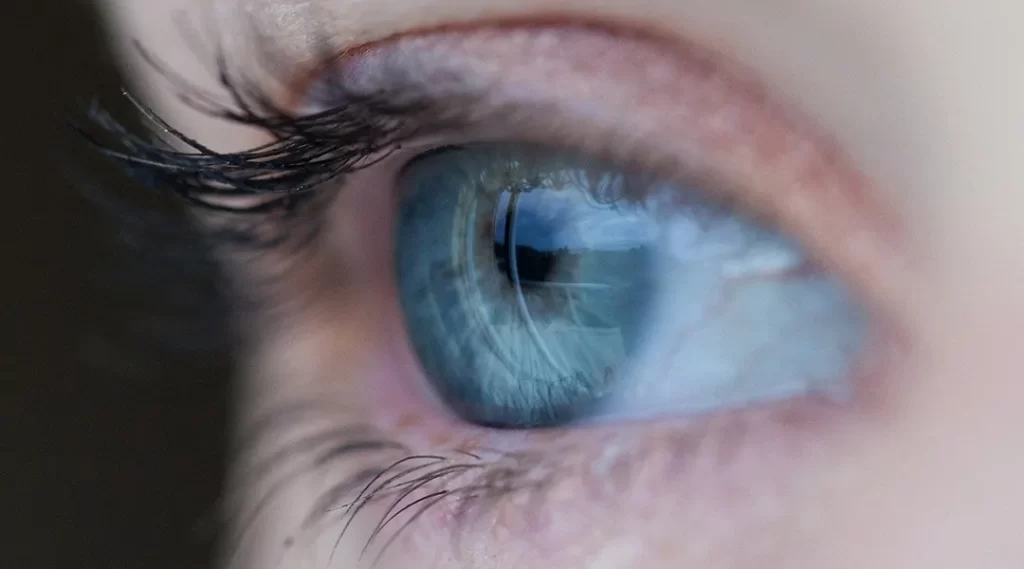Elon Musk, Max Hodak and Paul Merolla co-founded Neuralink in 2016, in motive to implant brain-chip on human-brains for neuro-related health benefits and being able to control an electronic device by just thinking. Last year, Neuralink’s slope of growth leant forward when one of its co-founder Max Hodak left the firm and kickstarted Science Eye Corp that aims to cure blindness with its ‘Prosthetic Eye’.
Max’s Science Eye promises for an eye-opening advanced optogenetic visual prosthesis for visually impaired people due to photoreceptor loss.
Hodak believes this method treat patients with extreme disabilities before one day enhancing humans’ cognition and computation abilities.
Prosthetic Eye – Science Eye Corp
Contrast to his earlier startup’s approach of strenuous invasive surgery for chip implanting or in simple words drilling a hole into the head for the implant, the new device relies on the science of photonics which uses light sent from a patient’s optic nerve to send information.
Science Eye aims to implant a 2-millimeter-wide thin LED film on top of the retina, which processes patterns that are sent to it wirelessly. The 2-mm area features a densely packed array of photosensitive nanowires doing the duty of rods and cones of our eyes. As in the human eye, the light travels through a cavity of vitreous gel, here an ionic fluid is rather used for gel and the signals are transited down the pipe using thin flexible wires made of a liquid metal (eutectic Gallium-Indium alloy) replacing nerve fibers.
In short, Science Eye seeks to regain sight by replacing the functional working of the eye with artificial elements – LED Film instead of rods and cons, Ionic Fluid for vitreous gel and Ga-In alloy for nerve fibers.
“Making the optic nerve itself light sensitive doesn’t restore vision per se: there are over 100 million photoreceptors per eye but only around 1 million retinal ganglion cells. In other words, the signal sent down the optic nerve is heavily compressed relative to the image that is formed onto the photoreceptors through the eye’s lens. It is this compressed data that the Science Eye implant stimulates into the optic nerve, and images the first patients will experience might look quite different from what you or I think of as vision,” the company explained in a press release.
Read this too: Indian Engineers created AI Smart Glasses for Visually Challenged People
The company tested the same on rabbits.
Pros & Cons
The impressive part of this prosthetic eye is that the current prototype shows capabilities to match or even surpass the human eye in certain aspects. According to a news report in Nature, the sensitivity to light of the artificial retina is already on par with the human eye, and the nanowires responsiveness is actually faster producing a response in 19.2ms and recover in as little as 23.9ms, compared to the 40-150ms response and recovery times of photo receptors in the normal human eye.
Related Posts
Although, the current version only boasts a 10 x 10 pixel resolution in that tiny 2-mm wide array. Also, this LED film needs external power to make it work continuously and researchers are foreseeing to get it solar-powered.
The device is currently developed to combat retinitis pigmentosa (RP) and dry age-related macular degeneration (AMD). The firm has already pooled in $160million in funding for its promising new path.
What do you think of this tech prosthetic-eye? Drop your views in the comments. (For more such interesting technology and innovative detailing, keep reading The Inner Detail).

